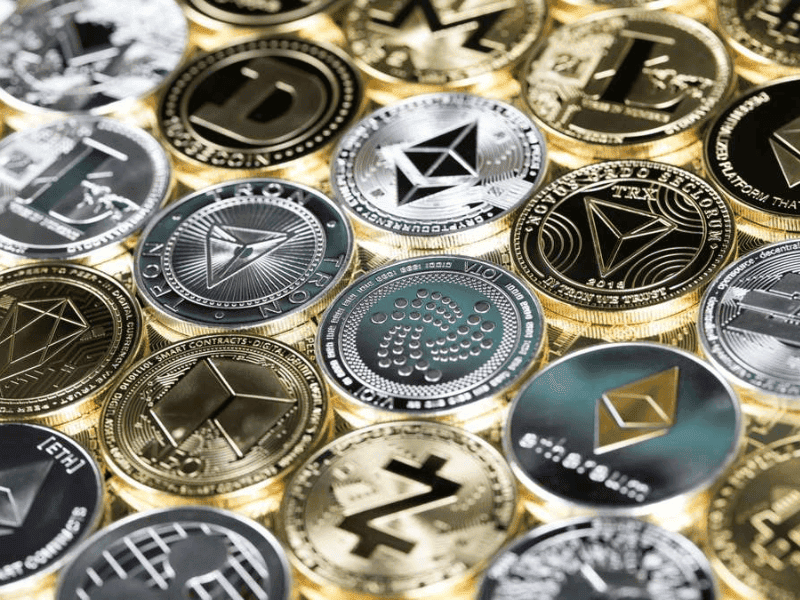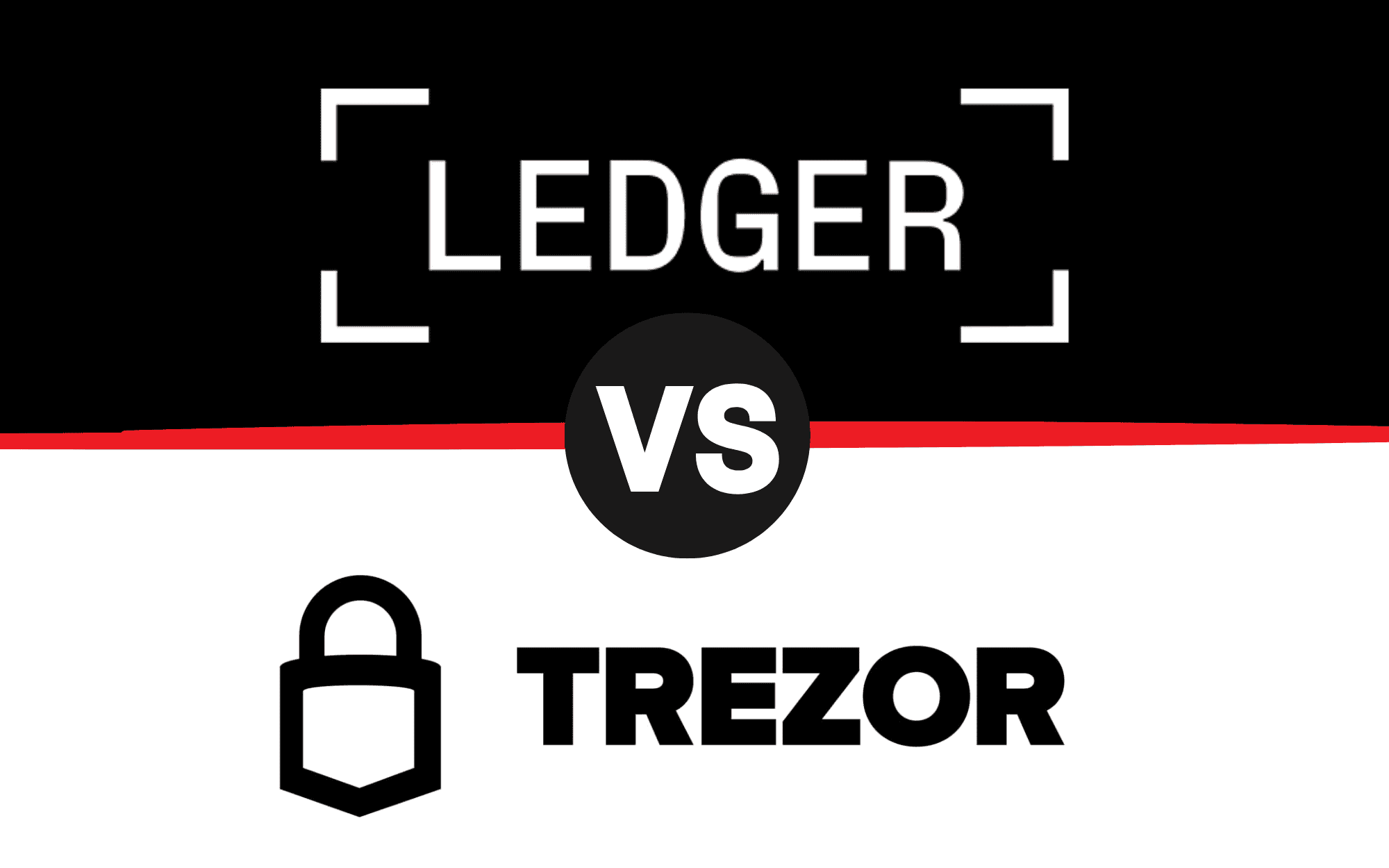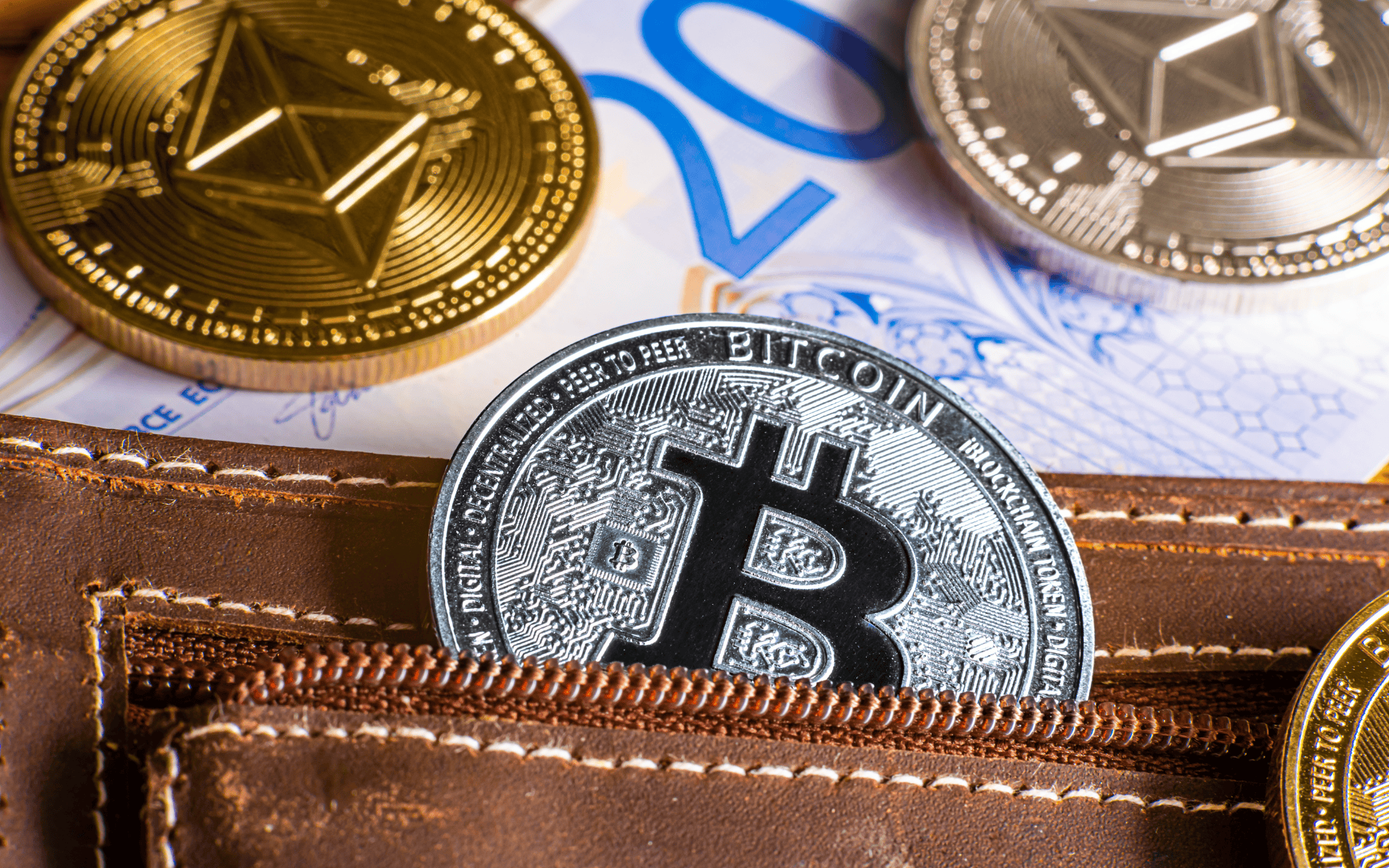Cryptocurrency has transformed the global financial landscape, with Bitcoin leading the charge. However, the real innovation lies in the diversity of altcoins, or alternative coins, which extend blockchain’s functionality beyond Bitcoin’s capabilities. This article explores understanding altcoins in cryptocurrency, detailing their types, significance, and potential.
What Are Altcoins?
Altcoins refer to all cryptocurrencies other than Bitcoin. They were created to overcome Bitcoin’s limitations and offer unique functionalities. While Bitcoin focuses on being a store of value and medium of exchange, altcoins provide solutions for privacy, scalability, and smart contracts.
These cryptocurrencies diversify the ecosystem and enable niche applications. Ethereum (ETH), for instance, brought programmability with smart contracts, while Litecoin (LTC) improved transaction speed and cost. Understanding altcoins in cryptocurrency involves recognizing their role in shaping decentralized finance (DeFi), non-fungible tokens (NFTs), and beyond.
Altcoins are typically created either by forking an existing blockchain or building a new one from scratch. Forked coins like Litecoin are derived from Bitcoin’s code, while unique chains like Solana (SOL) focus on specific improvements, such as speed and scalability.
Despite their benefits, investing in altcoins carries risks. Price volatility, scams, and liquidity challenges are prevalent. However, understanding altcoins in cryptocurrency equips investors with the knowledge to navigate these risks and capitalize on their opportunities.
Categories of Altcoins
Altcoins are categorized by their purpose and functionality. Here’s a closer look at the major types:
1. Stablecoins
Stablecoins aim to reduce volatility by pegging their value to stable assets like fiat currencies or commodities. These altcoins provide a bridge between traditional finance and cryptocurrencies, ensuring price stability.
Examples: Tether (USDT), USD Coin (USDC).
By offering consistency, stablecoins are integral to DeFi applications and cross-border transactions.
2. Utility Tokens
Utility tokens grant access to blockchain-based services and applications. They play a vital role in decentralized ecosystems by incentivizing participation and facilitating operations.
Examples: Chainlink (LINK), Basic Attention Token (BAT).
Utility tokens exemplify understanding altcoins in cryptocurrency by showcasing their use in real-world applications.
3. Privacy Coins
Privacy coins prioritize transactional anonymity using advanced cryptographic techniques. They obscure details like sender, receiver, and transaction amounts.
Examples: Monero (XMR), Zcash (ZEC).
Privacy coins cater to users seeking confidentiality and are crucial for financial privacy.
4. Meme Coins
Meme coins are community-driven cryptocurrencies often created as jokes but later gaining traction through speculative trading.
Examples: Dogecoin (DOGE), Shiba Inu (SHIB).
While their intrinsic value is limited, meme coins highlight the diverse appeal of altcoins in cryptocurrency.
5. Governance Tokens
Governance tokens allow holders to vote on protocol decisions, promoting decentralized management.
Examples: Uniswap (UNI), Maker (MKR).
They reflect the decentralized ethos of blockchain technology.
Why Understanding Altcoins in Cryptocurrency Matters
Altcoins expand the scope of blockchain by addressing Bitcoin’s limitations and introducing new features. Their importance lies in:
- Diversity: Altcoins support applications in DeFi, gaming, identity verification, and more.
- Innovation: They drive blockchain evolution by enabling smart contracts, staking, and scalable solutions.
- Market Growth: Altcoins attract a wider audience, fostering adoption across industries.
By understanding altcoins in cryptocurrency, investors can diversify their portfolios and participate in blockchain’s transformative potential.
Risks and Strategies
Altcoins offer opportunities but come with challenges like volatility and regulatory uncertainty. Here’s how to mitigate risks:
- Research Thoroughly: Analyze the project’s whitepaper and team.
- Diversify Investments: Spread funds across different altcoins.
- Secure Holdings: Use hardware wallets for maximum protection.
Investing wisely requires understanding altcoins in cryptocurrency and staying informed about market trends.
Tips for Trading Altcoins
Trading altcoins can be a profitable venture, but it requires a well-planned strategy and disciplined approach. Here are essential tips for trading altcoins effectively:
1. Conduct Thorough Research (DYOR)
Before investing, research the altcoin project. Read the whitepaper, study the team, analyze market capitalization, and understand its real-world use cases. This will help you gauge its potential value and avoid scams.
2. Diversify Your Portfolio
Never put all your funds into a single altcoin. Diversify across different projects, considering their use cases and market potential. For instance, include stablecoins, DeFi tokens, and NFT-related assets for balanced exposure.
3. Leverage Exchange Features
Utilize tools and features offered by reputable exchanges to enhance your trading experience. For example:
- Bybit: Offers trading bots and copy trading for hands-free strategies.
- Binance: Provides staking, futures trading, and a robust P2P platform.
- OKX: Known for low fees and a beginner-friendly interface.
4. Manage Risks
- Set stop-loss orders to minimize potential losses.
- Never trade with more than you can afford to lose.
- Avoid emotional decisions, especially during market volatility.
5. Stay Updated
Follow market trends and updates using reliable sources like CoinTelegraph or CryptoPanic. Be aware of project news that could influence an altcoin’s value.
6. Use Trusted Platforms
Trade only on established exchanges with strong reputations for security and user experience. Some examples we’ve reviewed include:
Final Thoughts
Altcoins are a dynamic component of the cryptocurrency ecosystem, offering innovation and diversity. By understanding altcoins in cryptocurrency, users can unlock their potential and contribute to blockchain’s future. Whether for trading, investing, or technological advancement, altcoins are here to stay.
FAQ: Understanding Altcoins in Cryptocurrency
What Are Altcoins?
Altcoins, short for “alternative coins,” are all cryptocurrencies other than Bitcoin. They were created to address Bitcoin’s limitations or offer unique features, such as faster transaction speeds, enhanced privacy, or additional functionality like smart contracts.
How Are Altcoins Different from Bitcoin?
While Bitcoin focuses primarily on being a decentralized digital currency and store of value, altcoins often provide additional use cases. For example:
- Ethereum (ETH): Supports smart contracts and decentralized applications (dApps).
- Litecoin (LTC): Offers faster transaction speeds and lower fees.
- Ripple (XRP): Designed for efficient cross-border payments.
Altcoins aim to improve upon Bitcoin or target specific niches in the cryptocurrency ecosystem.
Why Are Altcoins Important?
Altcoins play a vital role in diversifying the cryptocurrency market. They:
- Encourage innovation by introducing new blockchain technologies.
- Provide specialized solutions for different industries, such as DeFi, gaming, and supply chain management.
- Offer investors a wider range of options to build diverse portfolios.
How Can I Invest in Altcoins?
To invest in altcoins, follow these steps:
- Choose a Reliable Exchange: Platforms like Binance, Bybit, and OKX offer a wide range of altcoins.
- Complete KYC Verification: Verify your identity to unlock full trading features.
- Deposit Funds: Add funds to your account using cryptocurrency, bank transfer, or card payments.
- Buy Altcoins: Browse the available altcoins, analyze their use cases, and make your purchase.
Are Altcoins Risky?
Like all cryptocurrencies, altcoins carry risks. They tend to be more volatile than Bitcoin due to lower market caps and liquidity. Some altcoins may also lack utility or long-term viability. To mitigate risks:
- Research the project’s fundamentals and team.
- Avoid investing more than you can afford to lose.
- Diversify your portfolio to reduce exposure.












